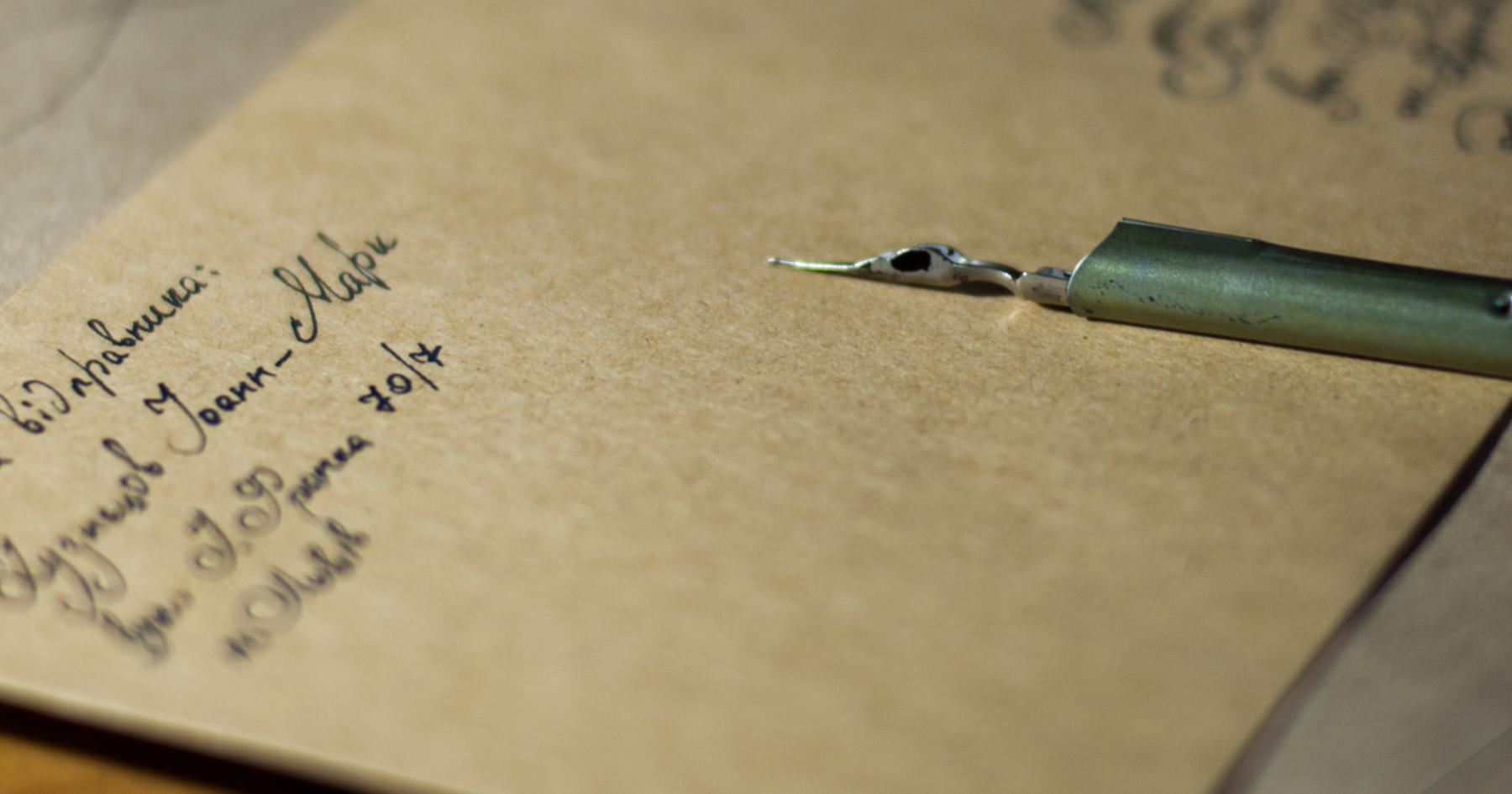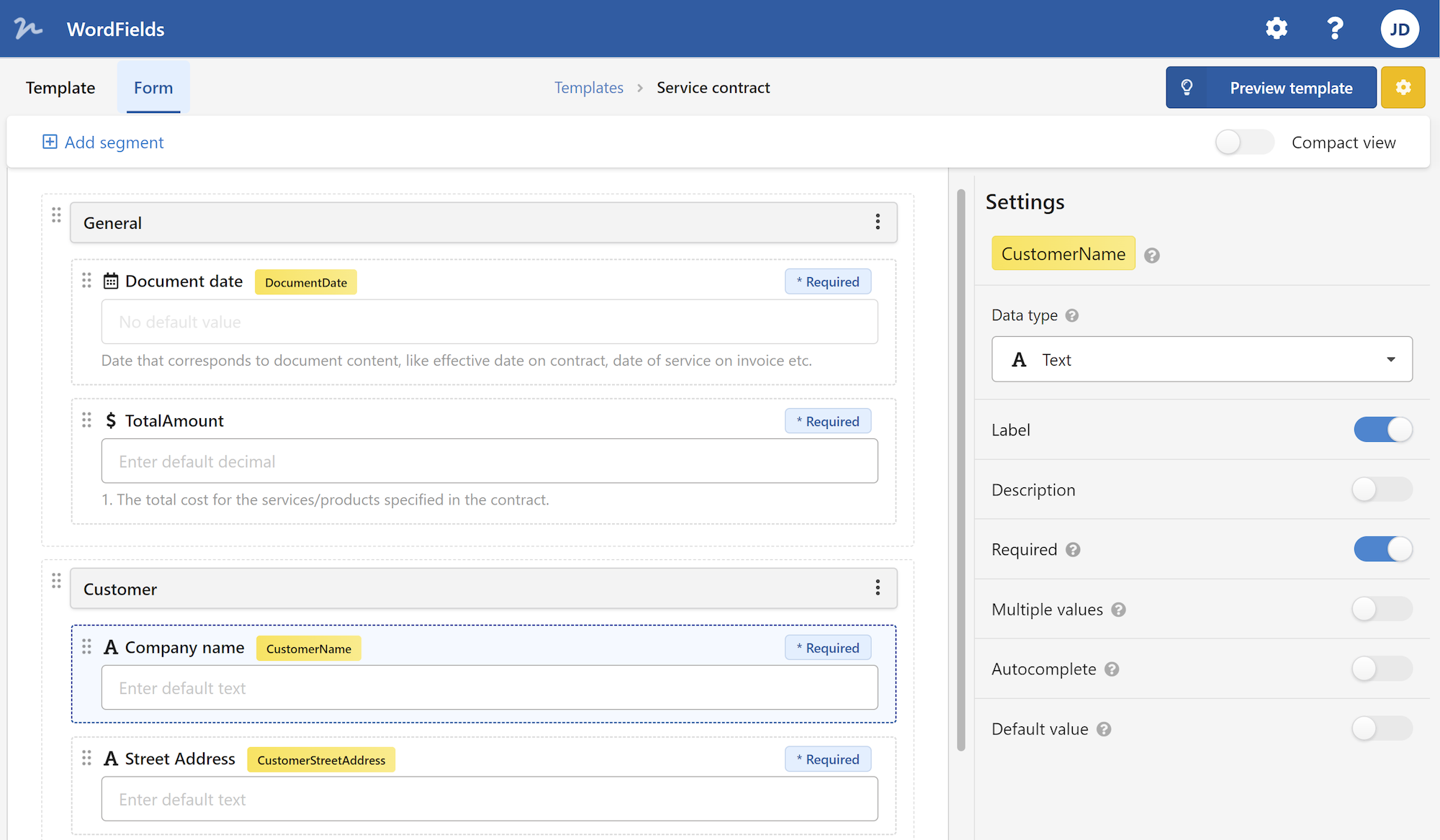
In today's fast-paced digital world, writing a letter might seem like a lost art. However, there are still occasions where formal letter writing can make a significant impact. Whether it's for a job application, a business proposal, or a formal invitation, knowing how to formally write a letter is a valuable skill to have. In this article, we will provide you with a step-by-step guide on how to write a formal letter effectively.
Introduction
Formal letter writing follows a specific structure and style. It is essential to adhere to these rules to ensure your letter is professional, coherent, and conveys your message effectively. While emails and text messages have become the norm for communication, a formal letter offers a personal touch that can leave a lasting impression on the recipient.
Formatting Your Letter
Before diving into the content of your letter, let's start with the formatting. The format for a formal letter includes the sender's address, date, recipient's address, salutation, body paragraphs, closing, and signature. Here's a breakdown of each component:
Sender's Address: Include your name, street address, city, state, and zip code at the top left corner of the letter. If you are writing on behalf of an organization, include the organization's name and address instead.
Date: Write the date underneath your address. Ensure to write the complete date, including the month, day, and year.
Recipient's Address: On the left-hand side of the page, include the recipient's name, their job title (if applicable), the company or organization name, and their address.
Salutation: Use a formal salutation such as "Dear Mr. Smith" or "Dear Dr. Johnson." If you don't know the recipient's name, use a general salutation like "To Whom It May Concern."
Body Paragraphs: This is where you will write the main content of your letter. Break your letter into paragraphs to make it easier to read. Each paragraph should have a clear purpose and support your overall message.
Closing: End your letter with an appropriate closing, such as "Sincerely," "Yours faithfully," or "Best regards." Leave space for your signature.
Signature: Sign your name above your typed name. If you are writing on behalf of an organization, include your name and title.
Writing the Content
Now that you have the structure in place, let's focus on the content of your formal letter. Here are some essential tips to keep in mind:
Be Concise: Keep your letter concise and to the point. Avoid lengthy explanations or unnecessary details. Use clear and straightforward language to convey your message effectively.
Introduction: Start your letter by clearly stating the purpose of your communication. Provide a brief introduction that captures the reader's attention and sets the tone for the rest of the letter.
Body: The body of your letter should provide relevant information, support your purpose, and address any questions or concerns. Use paragraphs to organize your thoughts and ensure a logical flow of ideas.
Be Professional: Maintain a professional tone throughout your letter. Avoid slang or informal language. Use proper grammar and punctuation.
Use Examples: If applicable, provide specific examples or evidence to support your claims or requests. This helps the reader understand your perspective and strengthens your argument.
Emphasize Benefits: Whether you're applying for a job or making a business proposal, focus on the benefits or value you can bring to the recipient. Highlight how your skills or solutions can meet their needs and solve their problems.
Closing: Summarize your main points and restate your purpose in the closing paragraph. Thank the recipient for their time and consideration.
Proofreading and Editing
Once you have written your formal letter, take the time to proofread and edit it. Pay attention to grammar, spelling, and punctuation errors. Ensure the content is clear and concise. Review the letter for tone and coherence. Make any necessary revisions to improve the overall quality of your letter.
Conclusion
Learning how to formally write a letter is a valuable skill that can set you apart in various professional and personal settings. By following the proper structure, writing concise and engaging content, and paying attention to detail, you can create compelling formal letters that leave a lasting impression. Remember, practice makes perfect, so keep honing your letter writing skills, and you'll become a master in no time.
 WordFields
WordFields
